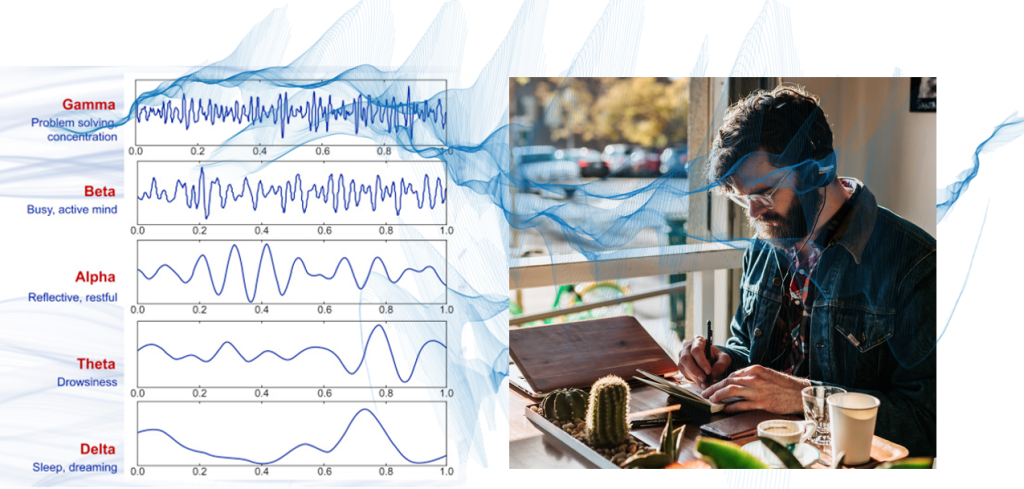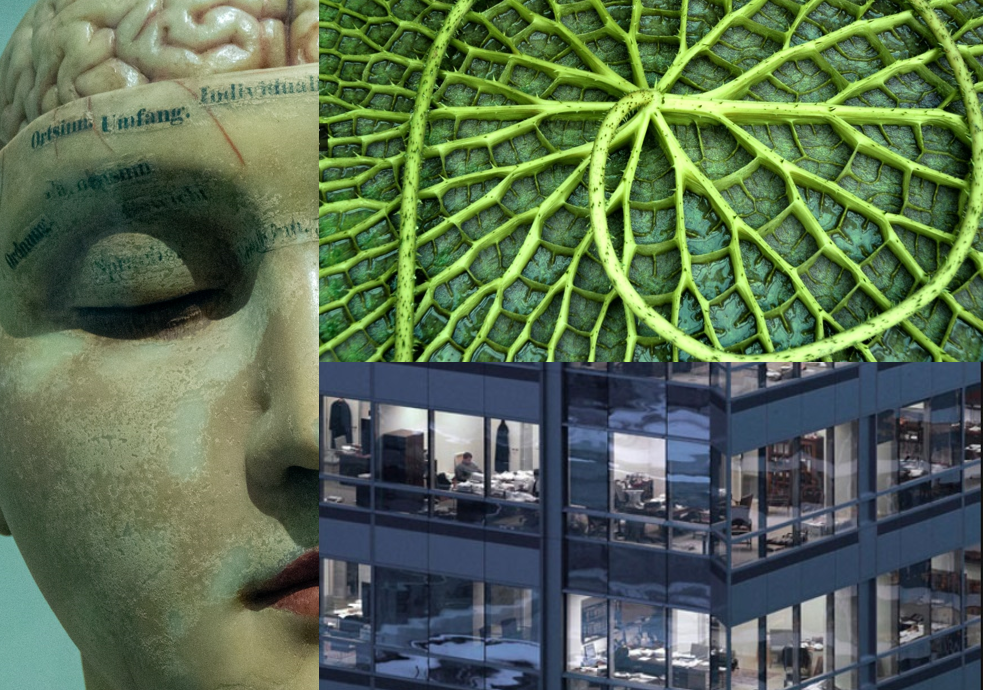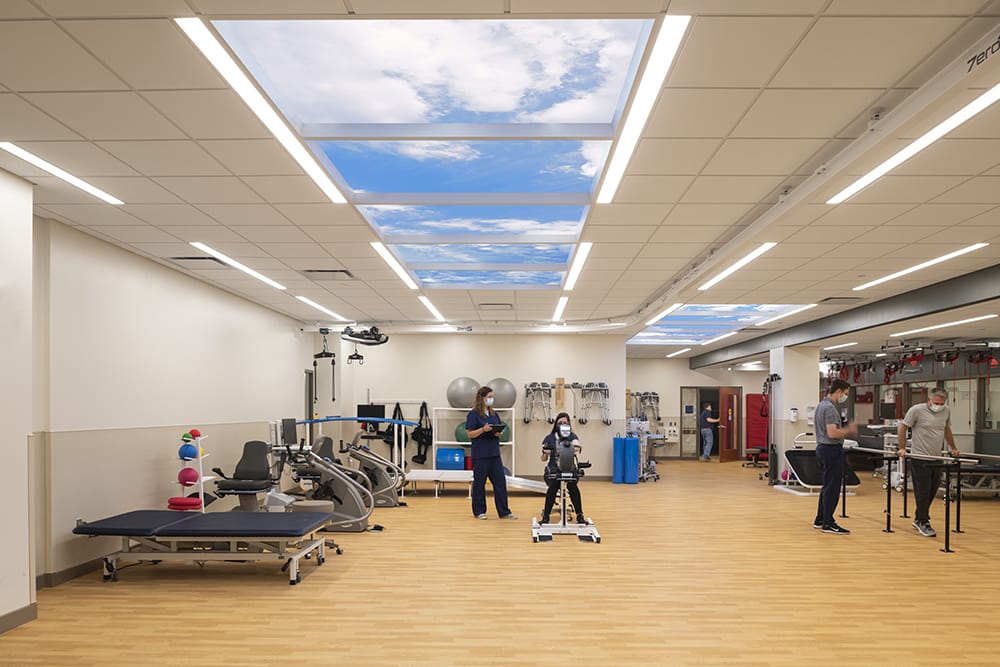Dive into our latest educational course and learn about the intricate network of cortical domains in the human brain that keep track of our body’s location in relation to nearby objects and distant landmarks.
Explore…
- How the brain modulates our immune system’s reaction by responding to the environmental attributes and patterns we perceive around our body.
- Why every interior’s spatial attributes and its perceived connection to natural surroundings play a pivotal role in enhancing or hindering our ability to focus and sustain attention.
- Learn more about our sensitive neural chemistry and how it gives rise to what neuroscientists call felt states—states that are responsible for the subconscious feelings that well up in response to our memories of experienced places.
- The complex chemical process taking place inside our neural networks as our concentration oscillates.
- Discover how illusory skies and virtual windows enable the adept designer to enhance occupant wellbeing and boost productivity.
With its relationship to occupant wellbeing and cognitive function, there’s much more to a visual connection to environment, especially nature, than most of us suspect. In this light, the hidden neurobiology of perception holds valuable insights for the designer and architect alike.

For example, the electrical activity responsible for directing attention and remaining on task alters the ionic balance in the prefrontal cortex between sodium and potassium ions. According to biorhythms research, our diurnal rest-activity cycle allows our brain to carry out tasks that require sustained focus for a period lasting between 90 to 120 minutes.
During tasks that require concentration, our brain exhibits high frequency brainwave activity (Gamma or Beta waves) as seen in EEG measurements. Thereafter, our brain requires a period of lower frequency brain wave activity (Alpha waves) generated by restorative cognitive activities like taking a walk in the park or simply closing one’s eyes.
Learning more about the nature of our diurnal rest-activity cycle, which governs our ability to focus and sustain attention throughout the day, enables the adept designer to include environmental features that will facilitate the restoration of this important ultradian rhythm.

It turns out that where we rest our eyes has a huge impact on the brain’s ability to replenish its ability to focus. There’s a microscopic neural pathway in the retina that leads all the way to the back of the brain, a place where nerve cells express an increasing density of receptors for endorphins—the brain’s own morphine-like molecules that form part of our hedonic circuit (pleasure center).
This tiny conduit channels visual stimuli to distinct cortical areas where sensory input is interpreted as part of distinct spatial domains. Closest to the body we perceive peripersonal space (the space within reach of our limbs). In a secondary field, we perceive extrapersonal space (the space just outside our body’s immediate reach). And last, and most importantly, we perceive the distant topography of our surroundings, which is the spatial domain that activates the Parahippocampal Place Area.
When we labor in any interior for an extended period, our eyes and brain instinctively seek out a visual exit point, preferably a change of scale to an open sky and a distant landscape. For example, our consolidated memories (those that have stood the test of time) of panoramic views of abundant foliage and waterways recognize these attributes as previously experienced life-enhancing environments, thereby facilitating biophilic engagement.

Landmarks that dominate an observer’s visual connection to nature activate the nerve cells along this minute pathway that begins in the retina and extends all the way to the Parahippocampal Place Area, triggering an Autonomic Nervous System (ANS) response.
When the observer is captivated by a salient feature or dynamic stimuli like the random, yet familiar motion of foliage moving in the wind or sunlight glittering on the surface of a lake—patterns generated by Heraclitean Motion—the viewer experiences the autonomic Relaxation Response. Our physiology relaxes due to the pleasurable feeling that wells up from the release of endorphins in the brain, as well as the heart.
As the minutes pass, the captivated observer realize that she has not been working on the project at hand. But unbeknownst to her, that “loss of time” is instrumental in refreshing her ability to return to work and keep focus on demanding tasks.
The cerebral cortex’s ability to interpret the sensory signals of universally preferred natural vistas is what engages our memories of past experiences of natural environments. This, in turn, enlivens the nerve cells along this opiate-rich pathway that extends from the eye to the PPA.
The result is a chemical and neural tidal wave that wells up from within, shifting our emotional balance and flooding our cognitive faculties to a point where we finally become aware of the burgeoning relaxation response that was first unleashed subconsciously.
To explore these neuro-chemical mechanics that impact how the human physiology perceives design and architecture, sign up for Sky Factory’s new Continuing Education course, The Neurobiology of Biophilia & Spatial Cognition.



